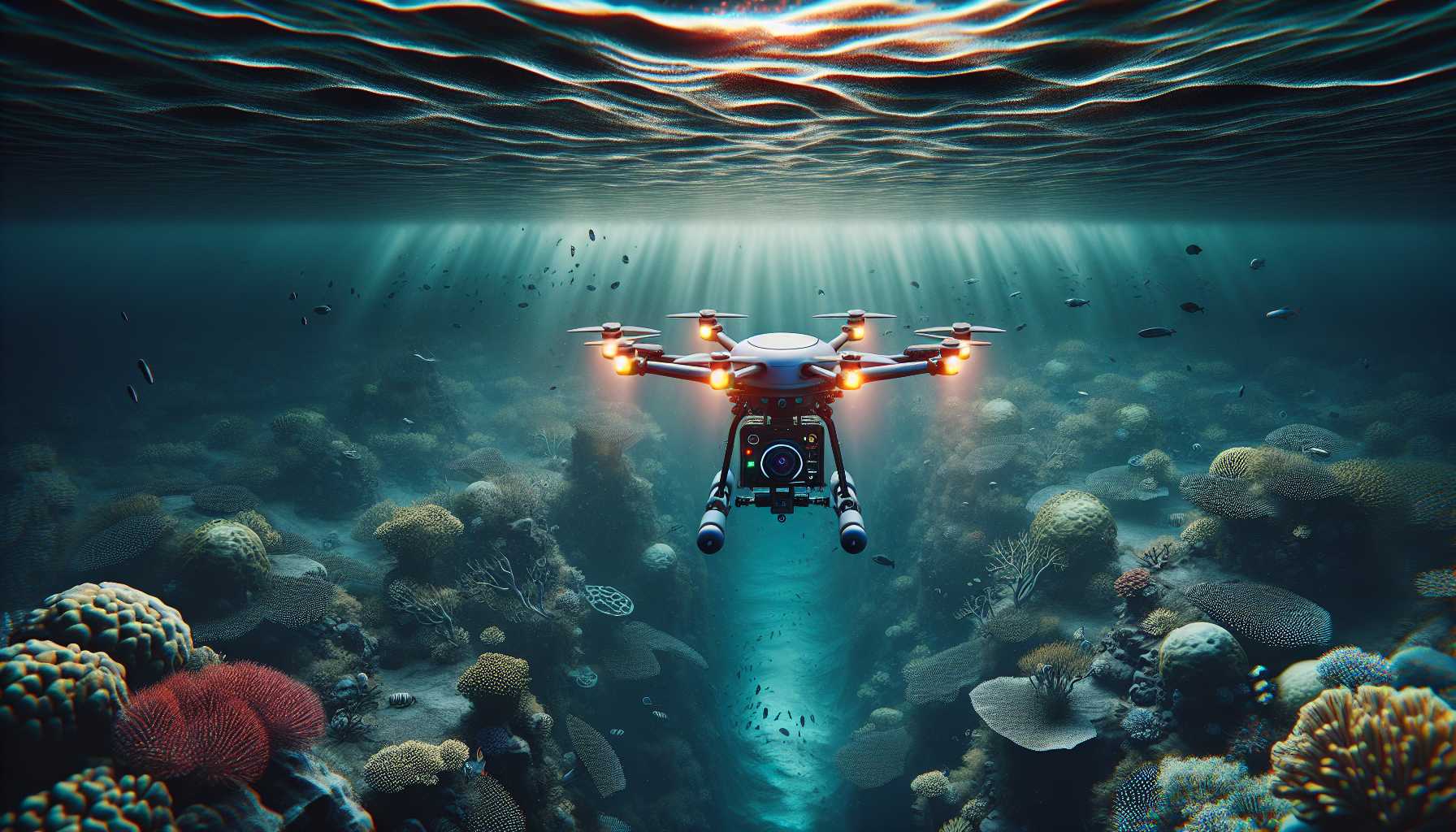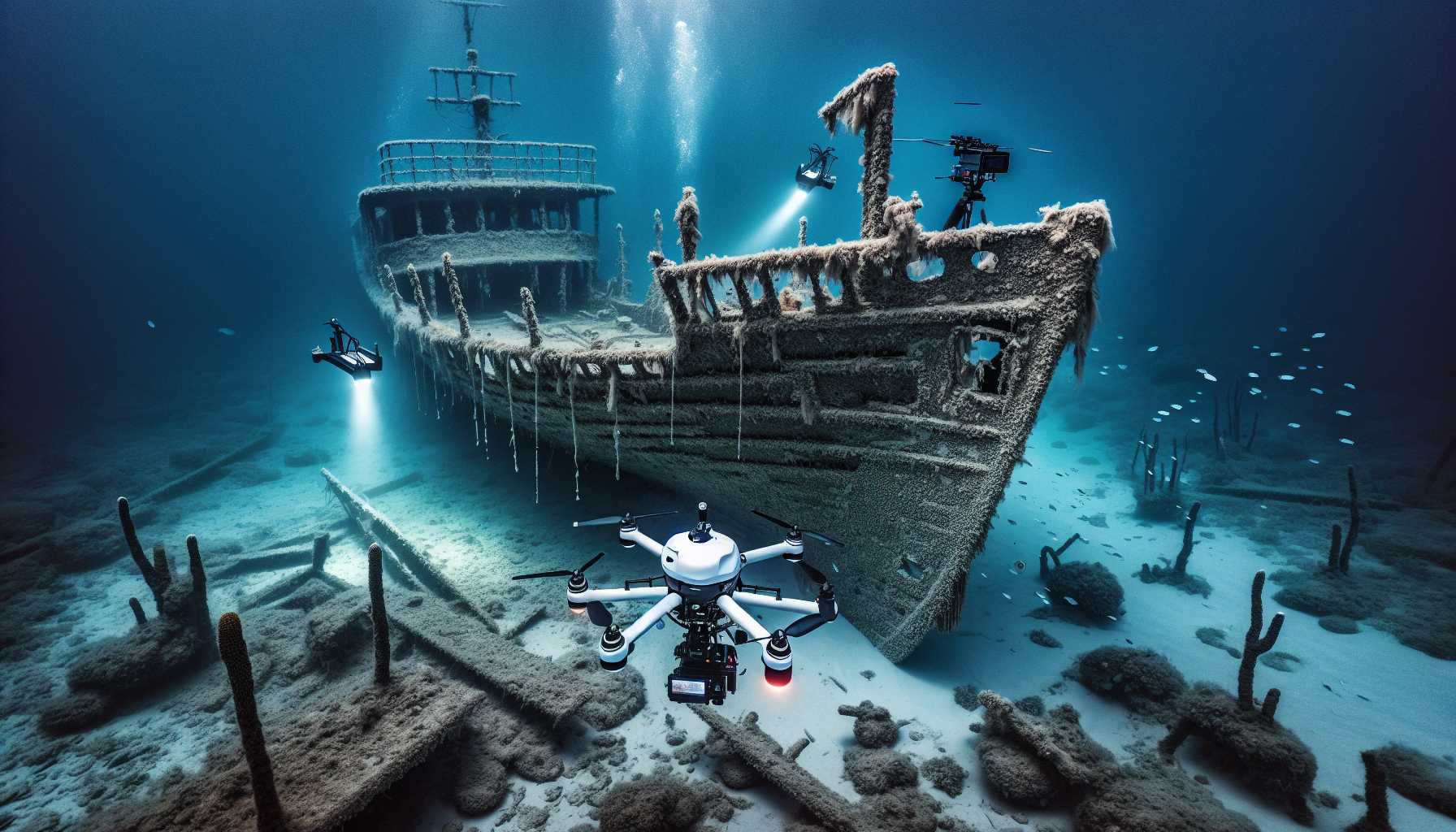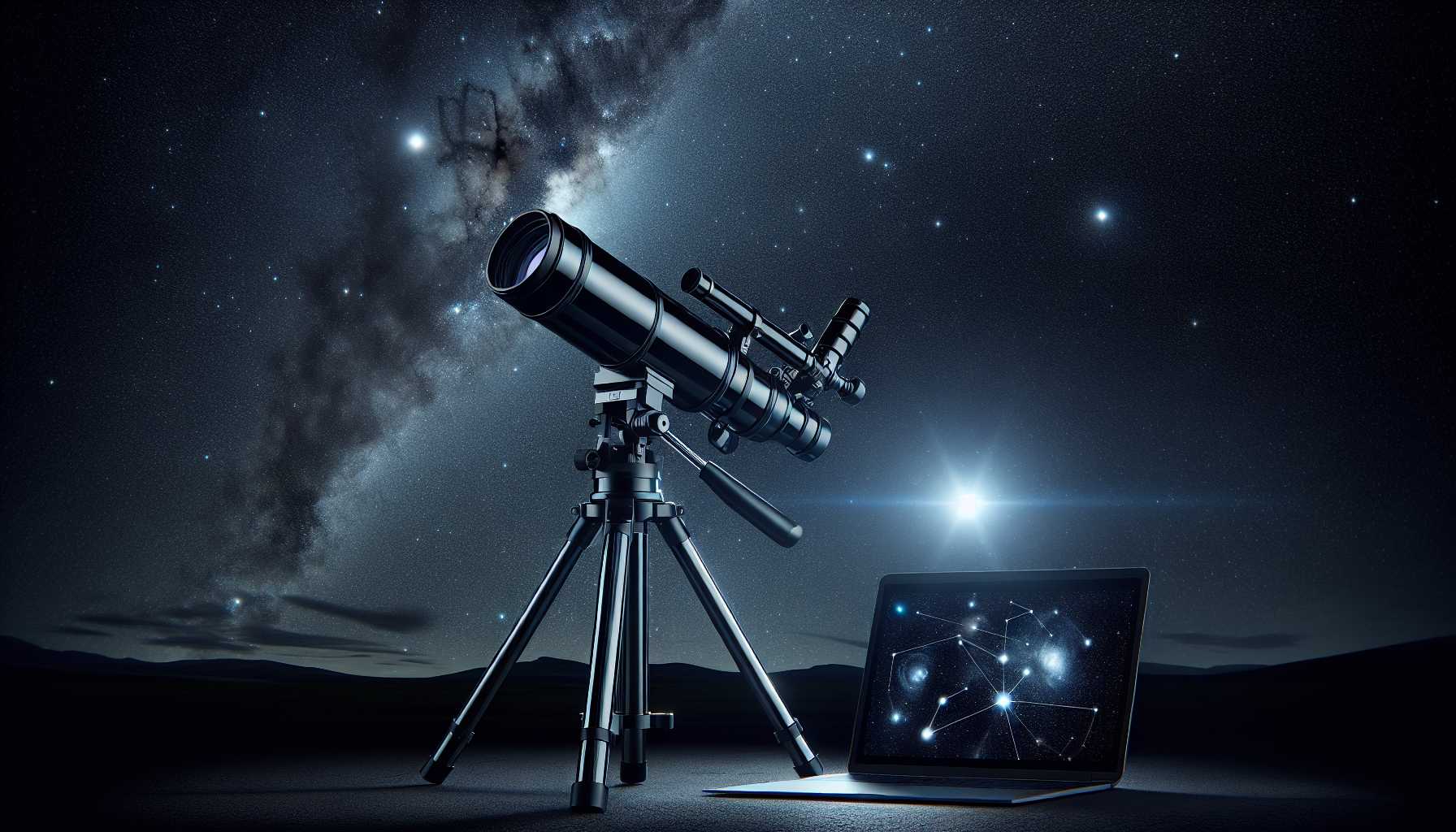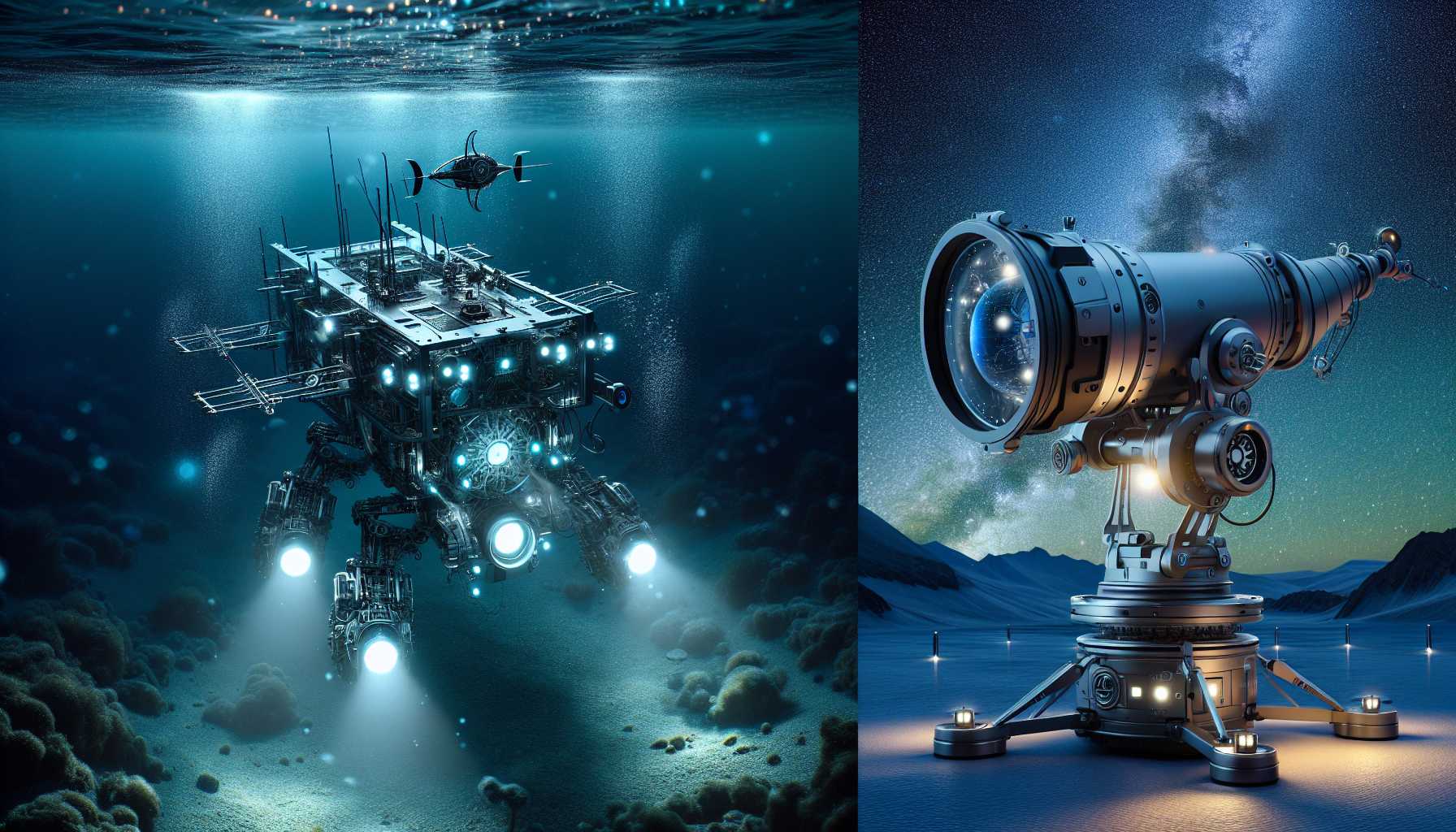Diving into the Depths of Innovation: Hydrus and Dwarf II Unveil Uncharted Territories
Humankind has always been fascinated by the depths of the ocean and the vastness of the cosmos. The mysterious ocean depths evoke a sense of awe and wonder akin to that of outer space, while the cosmos invites us to ponder beyond our mortal coil and towards the celestial dance.
Today, with the advent of two pioneering tech marvels – the Hydrus autonomous underwater drone and the Dwarf II smart telescope – we are inching closer to unraveling the shrouds over these uncharted territories.
The Ocean’s Secret Keeper: Hydrus Drone Unveiled
With an astonishing 71% of the Earth’s surface enveloped in water, one might assume we know all there is about the deep blue. Yet, the truth is quite the opposite; we have better maps of Mars’ surface than our ocean floor!
Enter Hydrus, the underwater drone developed by Advanced Navigation that aims to turn the tides on this knowledge deficit. Hydrus stands out as a beacon of advancement. It is not just an underwater drone; it’s a smart autonomous vehicle equipped with an AI navigation system and a 4K camera, dedicated to exploring and mapping the ocean’s abyss.
Envision this compact device elegantly gliding through the water, mapping underwater 3D structures and inspecting marine life with precision that would make a Swiss watchmaker envious. It’s more than mesmerizing – it’s revolutionary.
The practical applications are vast. For instance, just off the coast of Perth, Hydrus conducted an underwater reconnaissance mission surveying a shipwreck 60 meters below sea level. The Western Australian Museum hailed it as the most comprehensive and complete survey of the wreckage ever performed. This level of detail not only satiates scientific curiosity but also aids in protecting our maritime heritage.
Stargazing Redefined: The Dwarf II Smart Telescope
Moving from the oceanic depths to stellar heights, we shift our gaze to the Dwarf II Smart Telescope. Astrophotography enthusiasts, hold onto your hats – or rather, your smartphones – as this compact powerhouse is set to revolutionize the way we capture starlight.
The Dwarf II by DWARFLAB shrinks the vast expanse of celestial bodies into the palms of our hands. Whether it’s capturing the rugged landscapes of distant galaxies or the delicate dance of a solar flare, Dwarf II delivers 4K imagery with surprising detail. Its portability makes it a trailblazer; you can take it camping or on a nocturnal hike, transforming any spot into an observatory under the naked skies.
Not solely content with night-time exploration, Dwarf II excels in day-time operation too. It is adept at capturing dynamic terrestrial events and tracking moving subjects such as birds in flight – all thanks to its AI-enabled object-tracking capabilities.
But, it’s not all smooth sailing. The user experience can be somewhat hazardous, especially for those unfamiliar with astrophotography jargon. Here we see astrophotography and user accessibility at a crossroads, where Dwarf II serves as an intersection of pioneering tech with a touch of complexity.
The Taut Bowstring of Innovation Pulling Us Forward
These two tech prodigies, Hydrus and Dwarf II, although contrasting in their environmental domains, are bound by a common string – the ability to augment human capabilities and reach where our natural senses cannot. Their autonomous and AI-enhanced functions allow for the meticulous capture and recording of phenomena that have remained elusive or laborious to document until now.
Their presence reflects the current crescendo in our historical narrative, a point where our technological extensions are now robust enough to explore, map, and understand the unexplored terrains both below the waves and beyond the stars. It’s a testament to human ingenuity and the relentless pursuit of knowledge.
While it’s thrilling to delve into these avant-garde breakthroughs, it’s also critical to approach with a constructive critique. Are these devices truly accessible to the curiosity of the masses, or do they cater to a niche of tech-savvy explorers? Only time and the waves of consumer engagement will tell.
In conclusion, though the Hydrus and Dwarf II serve distinct quests – one uncovering the mysteries of the deep, the other unlocking the secrets of the cosmos – they both herald a pivotal shift in our interaction with the previously intangible. As a tech investor and expert, I am buoyant with optimism over the potential these innovations hold, even if some technical creases need to be ironed out. One thing is certain: our quest for knowledge is insatiable, and in these tools, we have found new allies.




